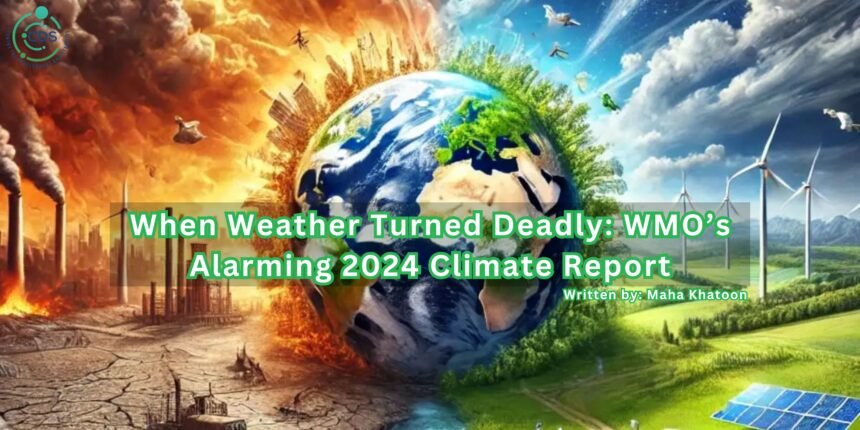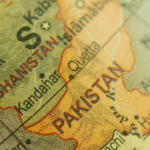The year 2024 will be remembered as a turning point in the climate crisis a year when extreme weather went from alarming to apocalyptic. From cities drowning under unprecedented floods to continents baking under lethal heatwaves, nature’s fury has rewritten record books with devastating consequences. According to the United Nation’s (UN’s) World Meteorological Organization (WMO) 2024 brought unprecedented heatwaves, floods and storms across the globe. The WMO confirms what billions witnessed firsthand: climate change is no longer a distant threat but a brutal reality disrupting lives, economies, and ecosystems at an unimaginable scale.
- WMO Report on Extreme Weather Events in 2024
- The Stark Numbers: 2024 Climate Breakdown
- Heatwaves
- The Era of Supercharged Storms
- Floods From Dubai to Brazil
- Fire and Drought The Slow Motion Disasters
- Solutions Amid the Chaos
- The author, Maha Khatoon, is a graduate of SBK Women’s University and is passionate about reading and sharing high-quality research and review articles.
- *The views and opinions expressed herein, and any references, are those of the author and do not necessarily reflect the editorial policy of the Centre for Development and Stability (CDS).
WMO Report on Extreme Weather Events in 2024
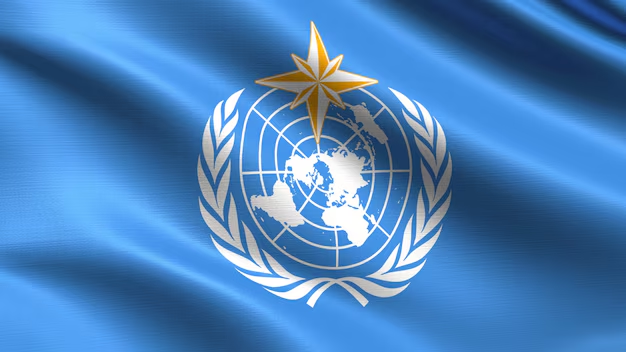
The year 2024 has been marked by an alarming rise in extreme weather events across the globe, underscoring the accelerating impacts of climate change. According to the World Meteorological Organization (WMO), the first half of 2024 was the hottest on record, with global temperatures consistently exceeding 1.5°C above pre-industrial levels. Relentless heatwaves burnt continents, with India and Pakistan enduring temperatures above 50°C, resulting in thousands of heat-related deaths. Europe faced the devastating heatwave, shattering records in Italy, Spain, and Greece, while North Americaattack with sustain extreme heat, including Phoenix, Arizona, which suffered over a month of temperatures above 43°C.
Tropical cyclones reached unprecedented intensity, with Hurricane Beryl becoming the earliest Category 5 storm ever recorded, wreaking havoc across the Caribbean. Catastrophic floods engulfed cities like Dubai, where a year’s worth of rain fell in just 24 hours, and Brazil’s Rio Grande do Sul, where floods killed hundreds and displaced over half a million people. Meanwhile, wildfires ravaged Canada, burning more than 15 million acres by mid-year, while Greece battled deadly blazes amid searing 45°C heat. Droughts also tightened their grip, particularly in Africa’s Horn, where millions faced famine, and in Mexico, where water shortages pushed Mexico City toward a dreadful scenario.
The World Meteorological Organization (WMO) attributes these extremes to a combination of human induced climate change, the lingering effects of El Niño–Southern Oscillation (ENSO), record high ocean temperatures, which fueled stronger storms and disrupted weather patterns. The economic toll surpassed $300 billion, with over 10,000 lives lost to climate-related disasters. Coral reefs suffered mass bleaching, and the Amazon rainforest began emitting more CO₂than it absorbed in some areas. The World Meteorological Organization (WMO) says we must act quickly. If we don’t, dangerous weather events will happen more often. The organization calls for global cooperation to meet Paris Agreement goals, emphasizing that the window to avoid irreversible climate breakdown is closing fast.
The Stark Numbers: 2024 Climate Breakdown
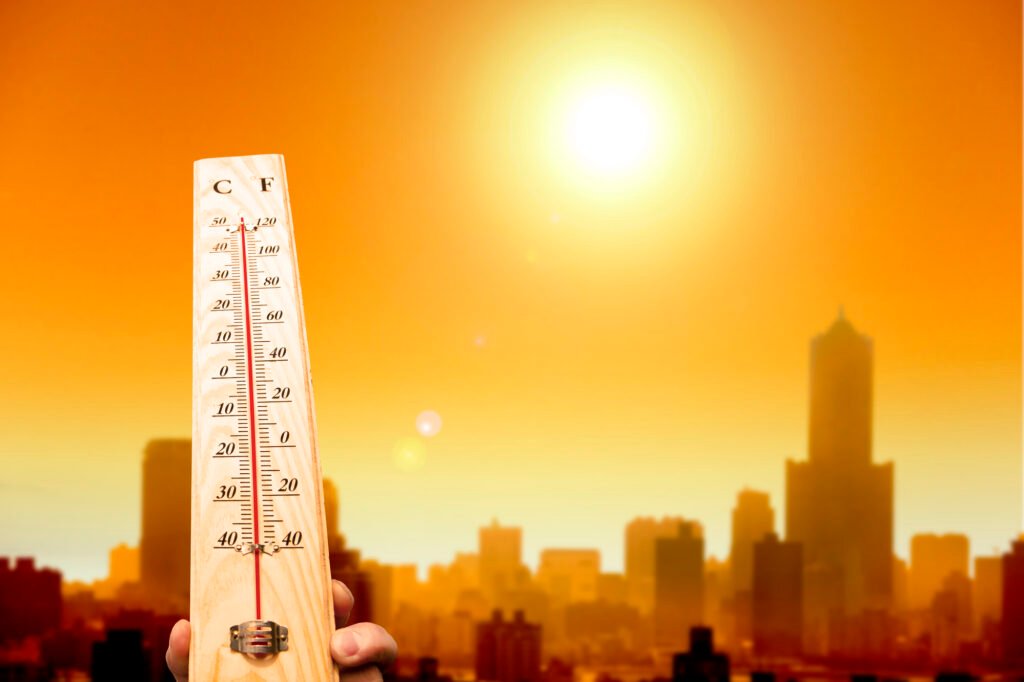
The data paints a harrowing picture. According to the WMO’s (World Meteorological Organization). mid-year report, global temperatures from January to June averaged 1.5°C above pre-industrial levels—breaching the symbolic threshold of the Paris Agreement. Ocean surfaces reached record highs, with marine heatwaves affecting 60% of global waters. These alterations fueled disasters that claimed over 10,000 lives and caused $300 billion in damages before July. Here are the five most alarming climate crises of 2024 and what they reveal about our future.
Heatwaves
In May 2024, temperatures in Delhi, India, hit a deadly 52°C (126°F) so extreme that roads began melting. At the same time, Europe suffered through the ‘Cerberus II’ heatwave, where popular vacation spots became dangerously hot. Scientists say these brutal heatwaves would almost certainly not have happened without human-caused climate change. The real impact goes beyond just high temperatures: Outdoor workers, like construction laborers and street salespersons, faced life-threatening conditions. Elderly and vulnerable people struggled to survive without relief. Power systems failed as demand for cooling overloaded grids. these crises prove that simply trying to adapt to extreme heat isn’t enough must urgently reduce emissions to prevent even worse disasters in the future.
The Era of Supercharged Storms
Hurricane Beryl defied all norms. In June, it became the earliest Category 5 ever recorded, disastrous Caribbean islands still recovering from 2023’s storms. Dr. James Kossin from the National Oceanic and Atmospheric Administration explains‘This isn’t just bad luck it’s warmer oceans loading storms with energy,’. Meanwhile, Cyclone Remal’s floods in Bangladesh highlighted a cruel paradox: climate-vulnerable nations contributing least to emissions suffer first and worst.
Floods From Dubai to Brazil
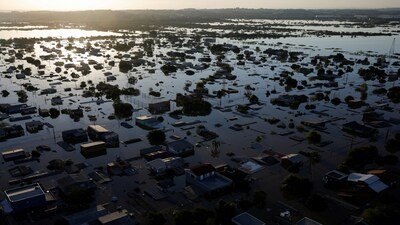
When Dubai’s desert highways became rivers in April, the world took notice. But 2024’s floods weren’t isolated. China’s Yangtze Basin saw its worst torrent in 50 years, while Brazil’s catastrophic Rio Grande do Sul floods displaced entire cities. The common thread? Warming of Intergovernmental Panel on Climate Change (IPCC) a warmer atmosphere holds 7% more moisture per 1°C of turning rainfall into weapons of destruction.
Fire and Drought The Slow Motion Disasters
Canada’s wildfires burned an area larger than Denmark by midsummer, choking North American skies with smoke. Simultaneously, Mexico City’s reservoirs neared ‘Day Zero’ as drought gripped 90% of the country. These slow-onset crises lack the drama of hurricanes but ruined food security and ecosystems just as dangerously.
Solutions Amid the Chaos
The WMO’s (World Meteorological Organization). grim report contains a silver lining: we’re not powerless. From India’s heat action plans (saving thousands with early warnings) to the EU’s new ‘climate resilience directive,’ solutions exist. But they demand unprecedented speed and scale. ‘Cutting emissions is no longer enough we must invest in adaptive infrastructure and justice for frontline communities,’ urges WMO (World Meteorological Organization). chief Celeste Saulo.

